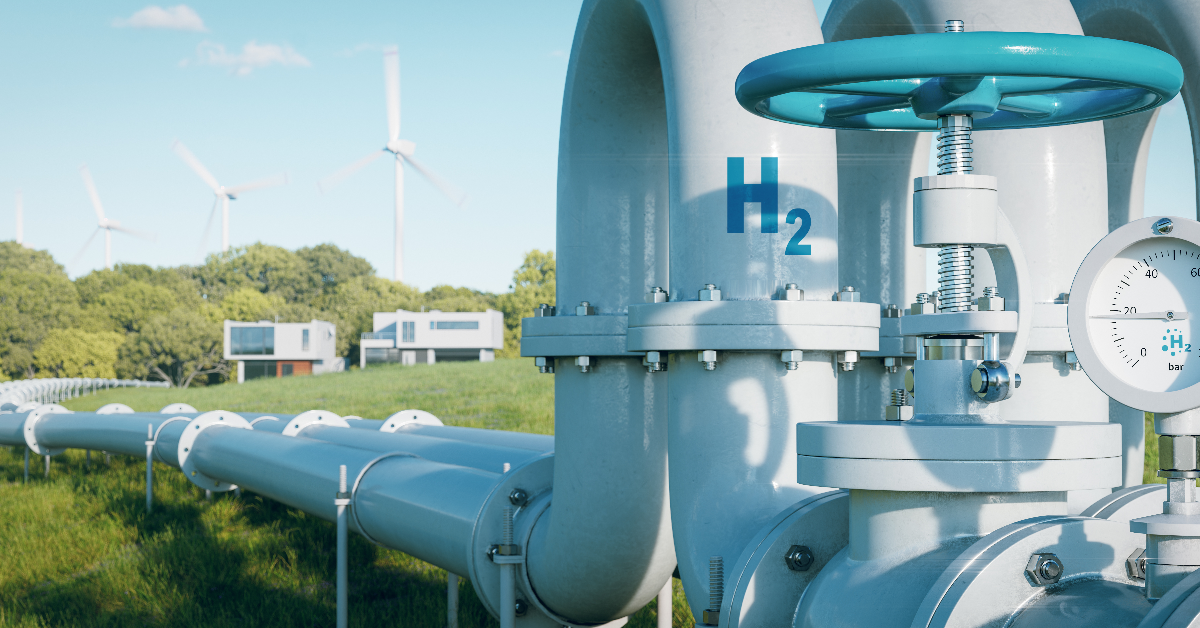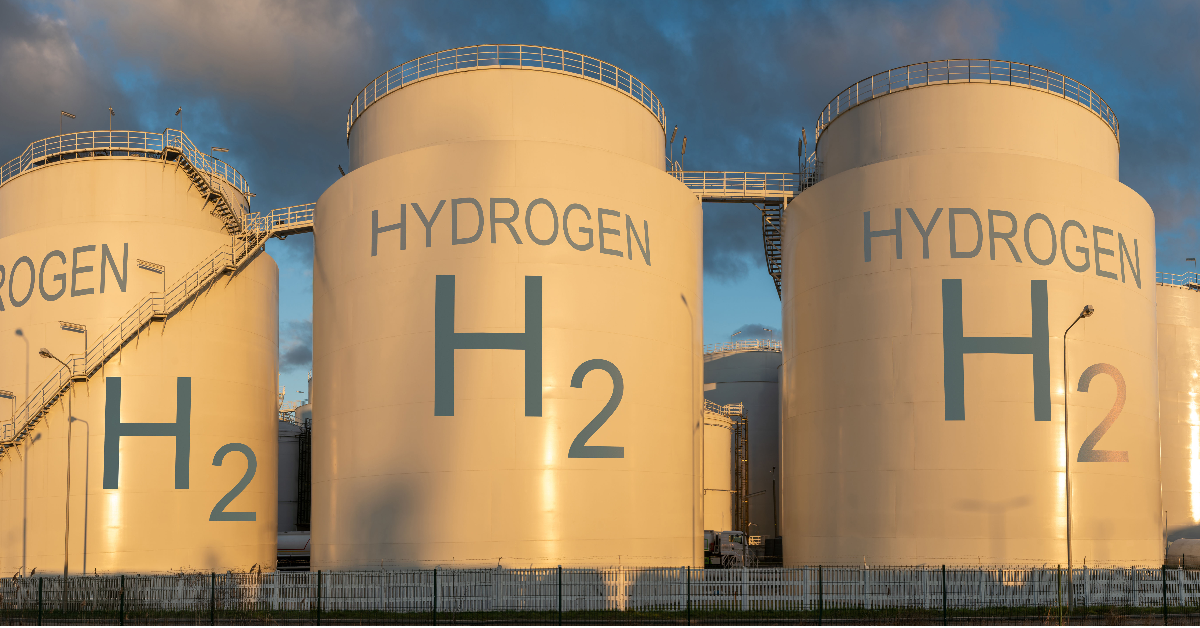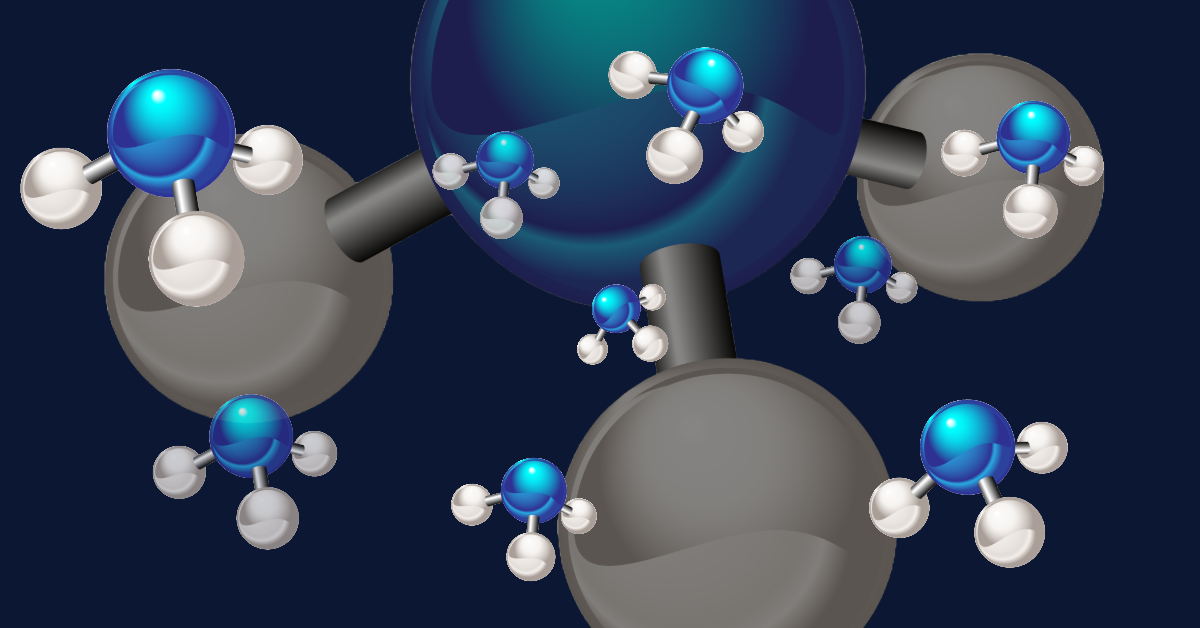Ren-Gas, Confidently Modeling the Future Impact of Hydrogen Production
Ren-Gas, Finnish P2X Project Development Company Ren-Gas is a Finland-based clean energy project developer. The company invests in the best...
5 min read
 Team Energy Exemplar
:
May 19, 2023
Team Energy Exemplar
:
May 19, 2023

Baringa is a management consultancy that covers multiple sectors, with a strong presence in the energy industry. They have been named as the top management consultancy in utilities and energy sectors by the Financial Times. Baringa collaborates with organizations across the energy value chain. One area Baringa has been focusing on exploring is the key role of hydrogen in the energy transition.
Hydrogen will likely play a very important role in the energy transition. While electrification, energy efficiency, and consumer behaviors will move the needle in some sectors, there are others that are harder to abate. These sectors require highly energy intensive commodities to fulfill their purpose and will likely require a more innovative solution.
For example, there’s an important role Hydrogen could play in decarbonizing the hard-to-abate high temperature industrial processes like steel production. In the transport sector, long-haul heavy vehicles require large amounts of energy and need to run for extended periods of time – hydrogen fuel cells may provide a solution. Similarly, ammonia is likely to support the marine sector and e-kerosine synthesized from hydrogen and carbon dioxide the aviation sector. In the power sector, where there is a high penetration of renewable energy, peaking and reserve services will be required. The hydrogen turbine technologies are quite like gas turbine technologies, so hydrogen could serve a very important purpose in this respect.
When the hydrogen system is coupled with the power system, there are three key benefits:
There are many possible benefits when it comes to hydrogen and power system coupling. However, both of these systems and processes are complex, and operating them together even more so. While there are clear benefits associated with hydrogen and system coupling, there are still many questions that need to be answered about how to optimally do so.
To answer some of these questions, Baringa is working with the Hydrogen Council, a global, CEO-led initiative with over 130 members of leading companies across the whole value chain. The questions Baringa and the Hydrogen Council set out to answer were:
These are complex systems to consider, requiring advanced modeling capabilities.
To answer both the questions around system-value and infrastructure mix, optimization capabilities are required of the modeling solution – since the optimal mix of generation, transmission and storage must be determined to accurately forecast the value of the hydrogen economy.
Determining the value of specific infrastructural assets is important because that value helps make the case for investment in and commitment to system infrastructure. To understand the value of specific elements, simulating the market with and without different asset types is helpful. Thus, a flexible modeling system is required.
Lastly, to identify how market design impacts system cost, the simulation must allow for market rules to be applied, constraining when assets can run, ultimately showing the impact market design rules have on the cost of running a low carbon system.
To examine these questions, three regions were chosen to study. The first region studied was Central-West Europe. The region was selected because it is highly connected to neighboring regions and has good potential for both pipeline imports, and CO2 sequestration. Central-Western Europe also has a good amount of renewable energy sources, including offshore wind. Two other regions, Japan and Texas, are also modeled with their unique features, to demonstrate the different Hydrogen and power systems depending on the region’s import and export position.
Within the Central Western European study, key objectives were to determine the role of policy in creating the hydrogen backbone for large-scale transmission of energy and to examine the competition between green hydrogen production fueled by renewable energy sources and blue hydrogen production fueled by natural gas.
PLEXOS was selected to perform these two studies due to its advanced and flexible modeling capabilities.
The Central-Western European study was set up to model both the power and hydrogen systems. In the power system, all potential low carbon technologies were modeled – renewables and gas/ biomass CCS. In the hydrogen system, green, blue, and grey hydrogen production technologies were included. Options for system flexibility were modeled for both systems with batteries added into the power system and storage modeled into the hydrogen system – both retrofitted and new storage developments were considered. Transmission for both the power system interconnector and the hydrogen system were included.
Due to the depth of analysis needed to answer all the questions the team had; the study was modeled in two phases. Long-term capacity expansion was modeled first to determine the best infrastructure mix – what to build, how much to build, and at what point according to the last cost system requirement in PLEXOS LT. Then, the study drilled down into the simulation of the dispatch operation of the systems, examining at what points electrolyzers, turbines, storage assets, and pipelines are active.
For adequate and accurate study outputs, several key constraints were also included in the modeling. These included annual emission intensity targets, system security constraints, and demand side flexibility.
The core system configuration Baringa set up couples PLEXOS power and gas modules for cost-optimal operation. Using PLEXOS’ P2X module to connect the power system to the gas/ hydrogen system and fuel to link hydrogen nodes to the power systems, as well as different objects in PLEXOS allowed for the creation of a robust core system configuration.
PLEXOS is capable of representing a well-optimized operation with both power and hydrogen systems. For example, the green hydrogen production is favored during high renewable generation hours, and the excessive production would be injected into storage. The stored hydrogen would later be withdrawn to balance out demand when there’s limited renewables and blue hydrogen production is not enough.
Several other configurations were tested to determine Baringa's key design questions, and to decide how they should be answering them in PLEXOS. Some of the design choices the model is capable of informing include:
The PLEXOS model’s capabilities allowed Baringa to leverage a variety of inputs and to interconnect the power and gas systems to provide some robust initial results.
The preliminary results showed that coupling the power and hydrogen system provides significant cost savings. There are many benefits to system coupling, but a major one is that hydrogen turbines have the potential to support grid reliability by replacing gas carbon capture and storage for a more economic peaking service, especially during the winter season.
The study also suggests that expansion of the hydrogen pipeline infrastructure is critical as hydrogen trade would support system flexibility and market balance.
Another key finding is that the price of natural gas is one of the main determinants for the build and operational competitiveness of green and blue hydrogen production technologies. However, it’s recognized that government policy would play a big role in providing guidance and support in technology development considering the energy security issue.
Lastly, the initial Central –Western European study indicated that renewables will be more profitable with electrolyzers added into the system, and, that batteries will still be critical for providing inter-hour and inter-day flexibility.
While coupling these systems will be challenging, it appears that in the energy system of the future, hydrogen will play a critical role.

Ren-Gas, Finnish P2X Project Development Company Ren-Gas is a Finland-based clean energy project developer. The company invests in the best...

What is (green) ammonia? Ammonia (NH3), recognized for its pungent nature, is indispensable for the production of agricultural fertilizers and...

The world is facing an urgent and inevitable challenge: combating climate change. In the pursuit of sustainable energy solutions, the integration of...